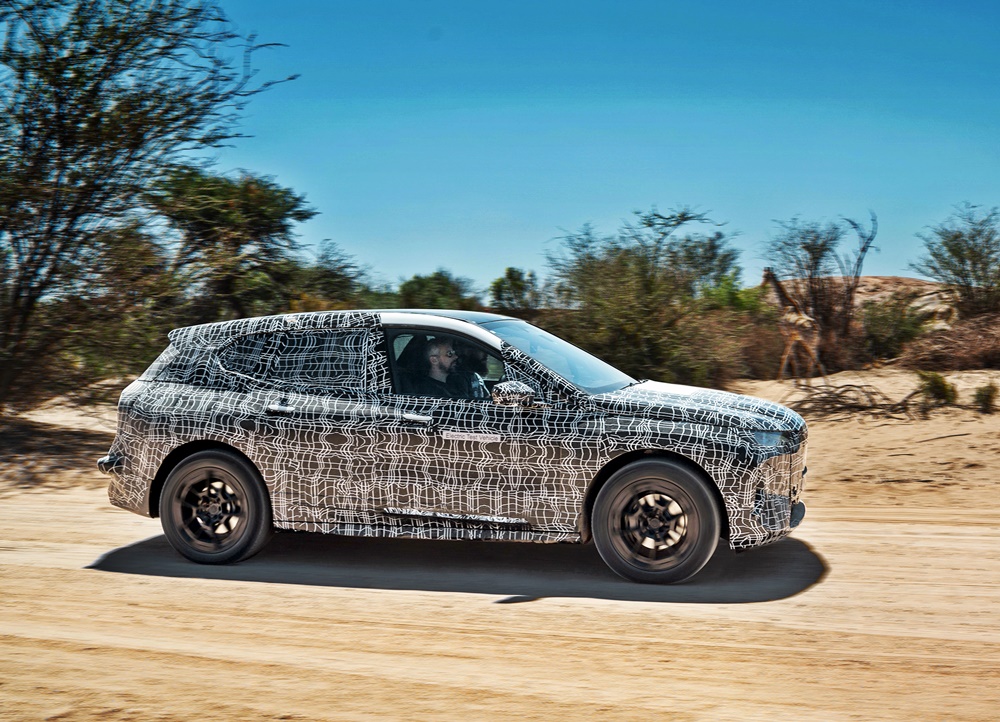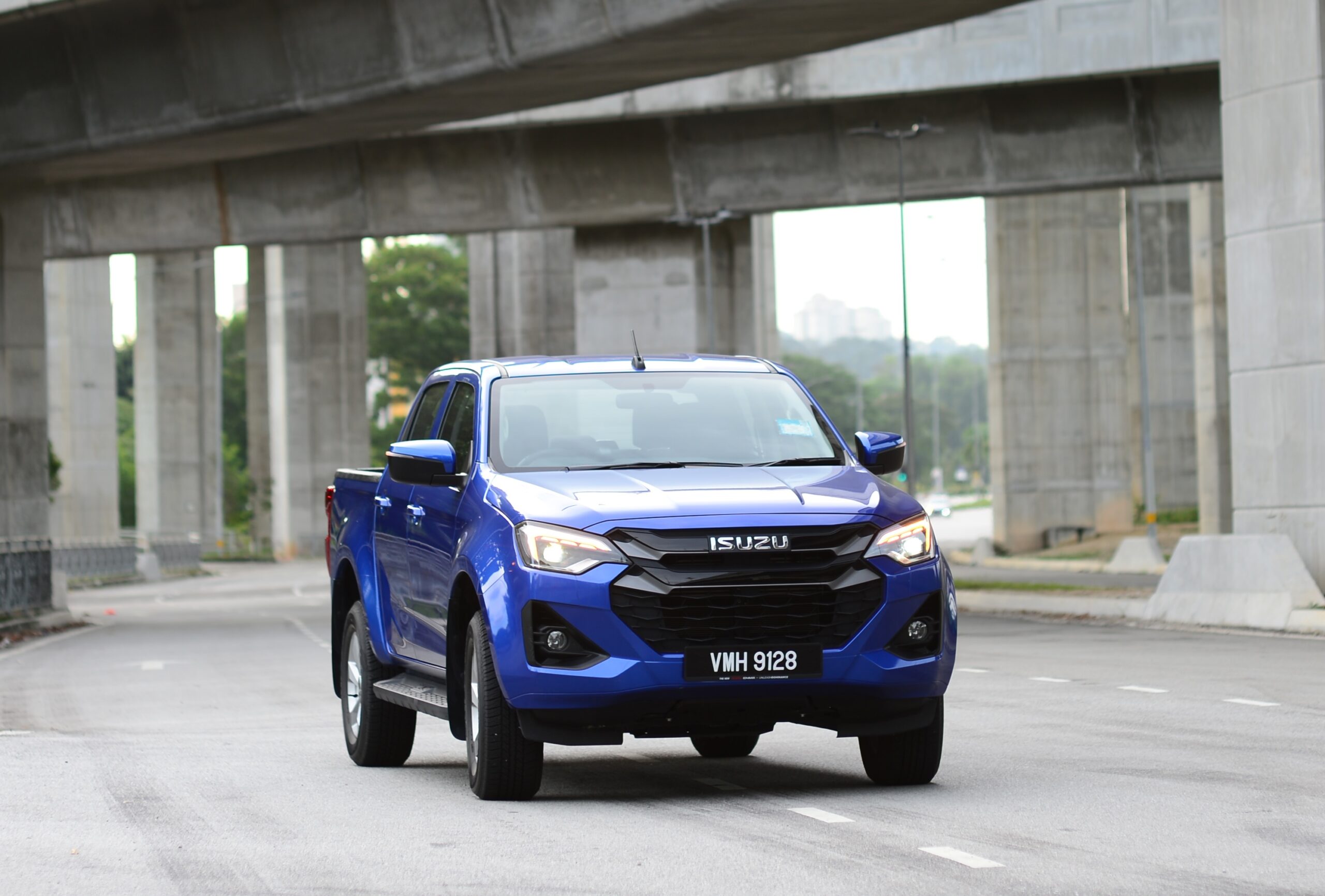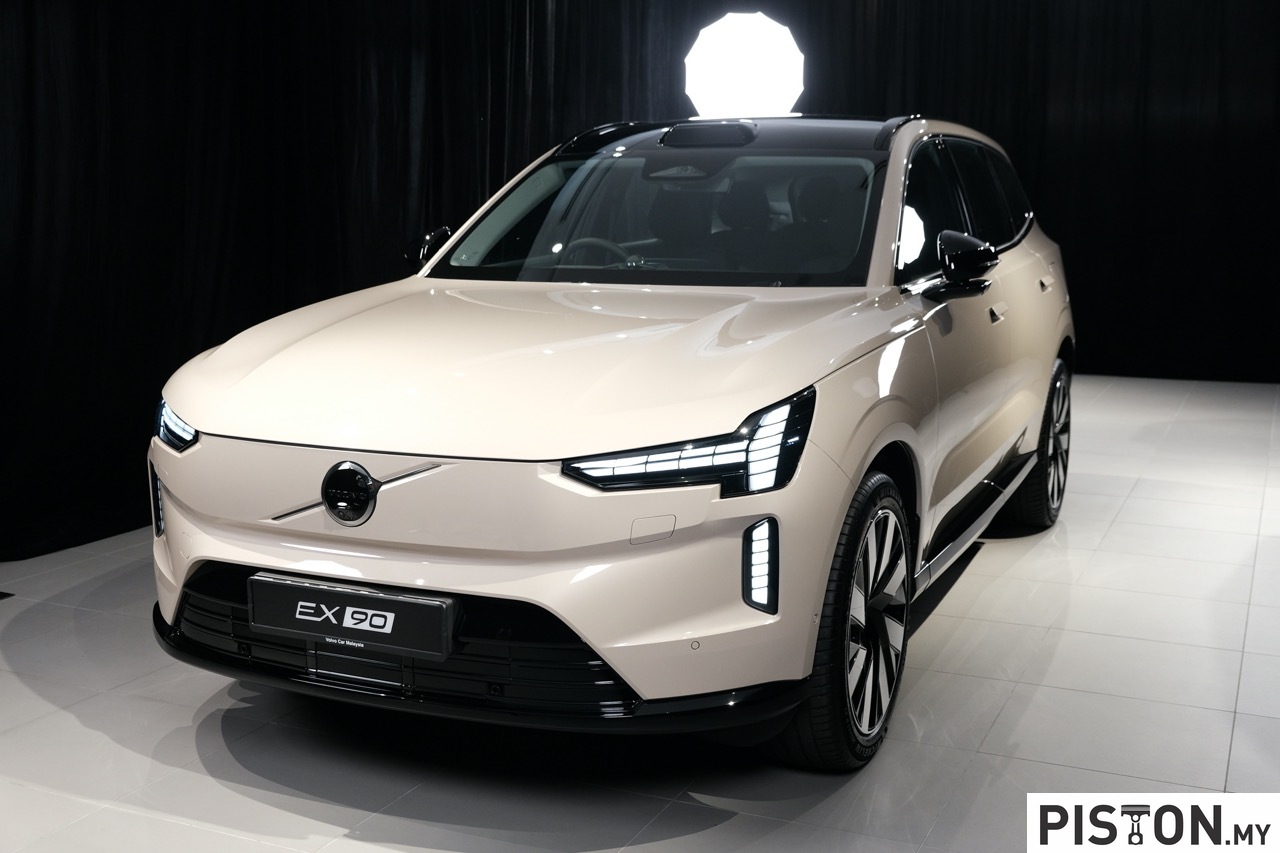On its way to being ready for production, the BMW iNEXT is completing additional vehicle testing under particularly demanding conditions. Intensive test runs in the freezing cold at the polar circle are now being followed by a contrasting program in the Kalahari in southern Africa.
In addition to extreme heat and solar radiation, permanent dust formation and off-road terrain with its sand, pebble and gravel tracks pose exceptional challenges for the BMW Group’s technology flagship.
The test drives through the desert and savanna regions in the northwest corner of South Africa are in temperatures that would drain any mobilephone battery in no time at all. This puts a severe test on the integrated cooling concept for the high-voltage battery, the electric motor and the vehicle electronics.
During extensive heat tests, the car is repeatedly exposed to the heat of the sun for hours and later cooled down. In this way, the developers test not only the operability of the electrical systems but also the temperature stability of the materials used in the interior.
Moreover, the interior air conditioning, which operates by means of thermal pump technology, its control system and all further components of the electronics, are subjected to the extreme conditions of the desert climate.
Every part and system stress-tested
In this literally hot phase of the product development process, not only do the drive and suspension components of the iNEXT – a car designed for all-electric mobility – have to provide proof of their functional safety, durability and reliability, but also the car’s bodywork, interior, driver assistance systems and digitalisation technology.
The ‘hot climate’ tests are an integral part of a both extensive and varied development and test program. Prototypes are subjected virtually in time-lapse to the stress of an entire car’s service life.
Real-world conditions
Like every new BMW model, the prototypes are also driven at the proving ground at Miramas in southern France, the Nurburgring Nordschleife and other racetracks as well as the Winter Centre in Sweden.
With high-speed operation, stop/go traffic, extreme temperatures below and above zero, testing on ice and snow as well as desert sand and gravel, the pre-production cars are put through a concentrated form all of the challenges an automobile may face in everyday traffic over a period of many years.
Fifth generation BMW eDrive technology
Featuring fifth-generation BMW eDrive technology, the iNEXT is said to set new benchmarks in sportiness, efficiency and range in a battery-powered automobile. The car’s suspension control and driver assistance systems pave the way for a further step towards autonomous driving. Current innovations in the field of operation and digitalisation also underscore the future-oriented character of the iNEXT.
Production of the iNEXT will commence at the BMW Dingolfing plant in 2021. Designed as a modern Sports Activity Vehicle, the new model combines the latest innovations defined by the BMW Group in its corporate NUMBER ONE > NEXT strategy for the future fields D-ACES (Design, Autonomous, Connected, Electrified und Services).
5th generation BMW eDrive technology to debut in iX3 next year



























